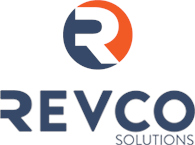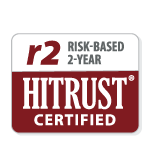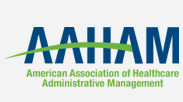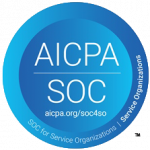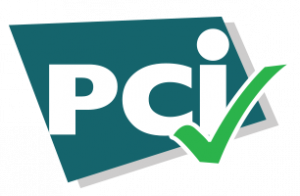Effectively collecting bad debt while still providing an exceptional patient experience is one of the biggest challenges faced by healthcare organizations. As much an art as a science, successful bad debt collection is essential to keeping your organization financially sound.

For healthcare providers, a great patient experience is the foundation of every marker of success, from patient loyalty to profitability.
But how does your revenue cycle management (RCM) team keep that commitment to patient experience while still ensuring your organization can collect bad debt and stay financially healthy? Achieving that balance isn’t easy, but with proactive patient payment strategies, a team that’s trained in professionalism and compassion, and a strong ethical commitment, it can be done.
Let’s take a look at some of the building blocks of an approach to bad debt collection that doesn’t compromise patient experience.
Decoding Bad Debt in Healthcare
What qualifies debt as “bad debt” in a healthcare scenario, and how does it come to be?
Causes and Contributors to Bad Debt
According to recent data, more than 100 million people across the U.S. have healthcare debt. Along with student loan debt, which affects less than half that number—45 million people—healthcare debt is one of the largest categories of debt across the country.
Among healthcare providers on average, about 1.73 percent of total revenue is bad debt, or debt that is considered unrecoverable. Despite this small percentage, this can represent a significant amount, even reaching into the billions for some large hospital systems.
And reasons for bad debt accumulation aren’t as simple as patients not paying their bills. Some of the top contributors are:
- Insurance claim denials. When claims are denied due to a patient not being on file or a procedure not being covered, this shifts responsibility for the cost to the provider and/or patient. (Here’s how our team at Revco minimizes denials!)
- Billing inaccuracies. Simple clerical errors stemming from faulty revenue cycle management processes also contribute to bad debt. If mistakes aren’t caught, patients or health insurance providers can be billed for more than they should, and that excess can quickly add up and become unrecoverable.
- Patient financial hardship. Financial hardship due to healthcare expenses is a sadly common occurrence, and many families with high levels of medical debt cut spending on necessities like food, shelter, and clothing and also become more likely to skip follow-up appointments or needed care later on.
performance-driving RCM insights?
The Ripple Effect of Bad Debt on Healthcare
Bad debt can have a serious impact not only on your cash flow and financial sustainability but also on your ability to provide quality patient care.
The decreased revenue and disrupted cash flow that bad debt causes can make it harder to staff enough nurses and doctors, at a time when there is already a serious labor shortage across healthcare positions. This in turn directly affects the quality of patient care. In the worst situations, shortages can lead to worsening illness, injury, or even death caused by excessive wait times or mistakes made by overworked care providers.
Hospitals have even been forced to stop offering certain services that are higher-cost or less likely to be covered, which means patients needing those services have to travel to obtain them.
Effective Strategies for Bad Debt Recovery
The takeaway is clear: Decreasing bad debt is crucial not just for providers, but also for patients across the nation. With that in mind, let’s take a look at best practices for bad debt recovery methods.
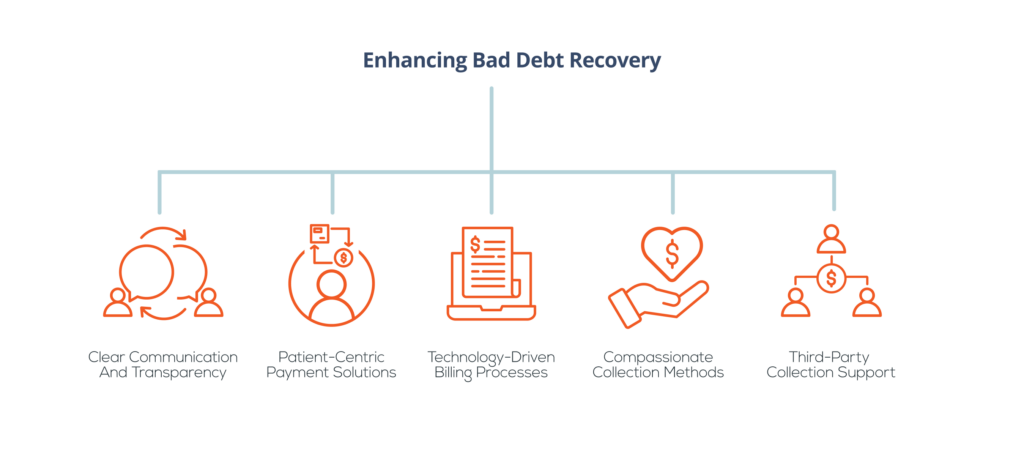
Fostering Clear Communication and Financial Transparency
When patient financial responsibility is clear up front, the risk of incurring bad debt goes down. One provider in Florida, for example, embraced patient-centered communication and started providing automatic cost estimates to patients for appointments and services. They saw a 27 percent increase in cash collections and a decrease in bad debt as a result.
Bills that explain charges in clear, non-technical terms are also a critical aspect of patient-centered communication. This is borne out by surveys: According to one study, 37 percent of patients say they won’t pay their bill if they don’t understand it. Streamlining your billing statements can reduce the amount of confusing, unnecessary information that patients have to wade through, making it easier for them to pay in a timely fashion.
Tailoring Payment Solutions to Patient Needs
Patient-centered payment options are also a key element of staying financially transparent.
Offering payment plans right away, rather than waiting until a patient receives their bill, is one way to help patients who are in a difficult financial situation to still pay what they owe. When patients know they can seek assistance before they get into a situation where they can’t pay, you reduce the likelihood of that patient’s bill becoming bad medical debt.
Additionally, you can offer alternative payment methods like text-to-pay, online billpay portals, and the option for automatic payments, which can go a long way toward making the entire billing and payment process more efficient.
This is also why investing in a strong early out and self-pay payment team, or outsourcing your early out collections, can be a game-changer.
Optimizing Billing Processes with Technology
Outdated or clunky billing processes can result in mistakes and delays in billing, resulting in fewer patients paying promptly.
In fact, billing is one of the best areas for implementing proprietary technology. Billing platforms can greatly reduce the need for manual work from your RCM team (both in bad debt and early out collections), allowing them to focus on tasks that are more complex.
Optimizing your billing processes can also reduce errors, which helps you collect payments in a more timely manner from both patients and payers. After all, billing, coding, and administrative errors can account for up to 61 percent of initial claim denials. Reducing the number of denials you have to manage can go a long way toward minimizing your bad debt.
Finally, a smoother billing process also means a smoother payment process for your patients, which will enhance the trust you’ve built with your patients and make them more likely to choose your organization for future care.
Taking an Ethical Approach to Debt Collection
Debt collection isn’t just governed by legal regulations — it’s also guided by important ethical considerations.
Unfortunately, many patients have had unpleasant experiences with medical payment or collections personnel. Approaches that treat patients as nothing but a number, make them feel guilty for not paying, or use intimidating tactics are not only highly ineffective but also highly unethical.
That’s not to mention how poor payment experiences can damage your healthcare organization’s reputation. An astounding 90 percent of patients say that a negative payment experience with a healthcare provider would keep them from returning to that provider in the future.
Revco’s bad debt collection representatives are trained first and foremost to treat patients with dignity and compassion, maintaining our healthcare clients’ reputation and strengthening their patient relationships. Our team members know how to connect with patients and help them find firm footing on the path to repayment.
Partnering with an Effective Debt Collection Partner
Debt collection agencies that focus on patient experience can take the resource-intensive burden of bad debt collection off of RCM teams, freeing them to focus more on the preventive and proactive aspects of payment collections.
At Revco, we’ve optimized our collection processes for maximum efficiency and positive patient experience. We also use best-in-class business analytics to ensure we always continue improving our client outcomes.
Drive More Revenue with Strategic Bad Debt Management
To minimize bad debt, you have to strike a careful balance between successfully collecting what’s owed and maintaining positive and productive interactions with patients.
By embracing financial transparency, flexible patient-centric payment options, effective billing technology, and a commitment to an ethical, values-based approach, your organization can create real improvements in your ratio of bad debt to revenue—and foster an extraordinary payment experience for your patients.
If you’re ready to pursue unprecedented financial health by leveling up your RCM processes, reach out today.
